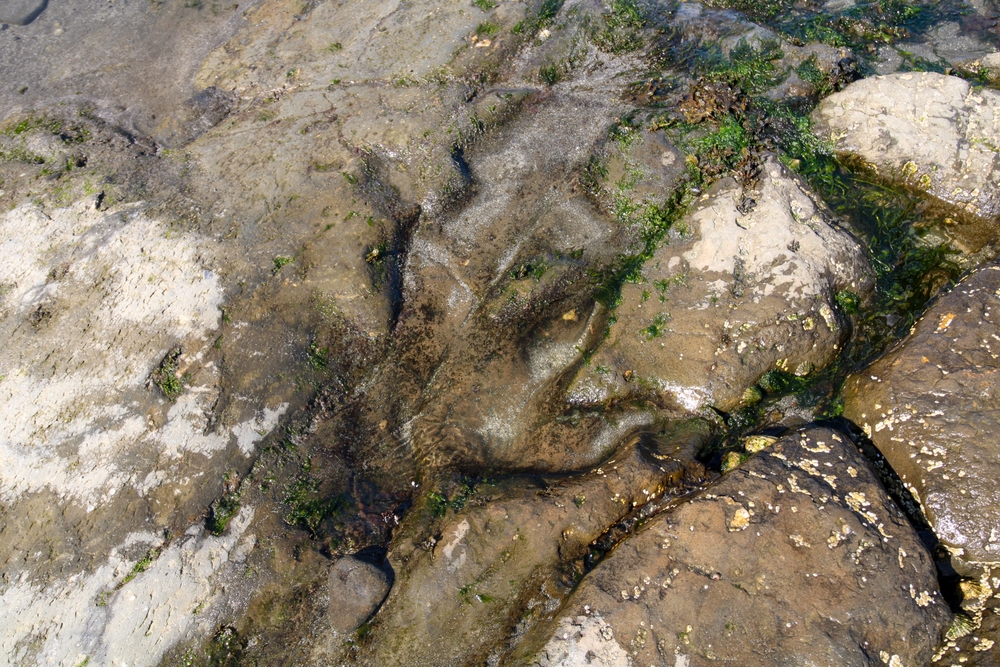The excavation uncovered five extensive trails.
Others are reading now
The Middle Jurassic period, roughly 174 to 163 million years ago, represents a fascinating chapter in Earth’s history.
This era saw the evolution of some of the most iconic dinosaur species and the emergence of ecosystems that would shape life for millions of years.
It was a time of tropical environments, with vast forests and shallow seas teeming with life.
These conditions left behind a rich fossil record, offering glimpses into a world ruled by towering herbivores and formidable carnivores.
Also read
Excavated in June
In an extraordinary discovery, researchers in the UK have unearthed the nation’s largest dinosaur fossil site, featuring more than 200 tracks dating back 166 million years to the Middle Jurassic period.
The site, located in a quarry in Oxfordshire, is a treasure trove of footprints that offer unprecedented insights into the behavior and environment of dinosaurs during this ancient epoch.
The excavation, conducted in June 2024, uncovered five extensive trails, with the longest measuring over 150 meters.
Four trails were attributed to massive herbivorous sauropods, known for their long necks and tails, while the fifth belonged to the carnivorous Megalosaurus.
This predator holds historical significance as the first dinosaur species to be named and scientifically described in 1824.
What makes this discovery particularly compelling is the overlapping of tracks from carnivores and herbivores.
This raises intriguing questions about whether these species interacted and, if so, how those interactions unfolded in their tropical environment.
The site’s detailed analysis, involving 3D modeling and thousands of photographs, revealed the extraordinary preservation of these ancient traces.
The tracks were initially discovered by a quarry worker who noticed unusual vibrations while clearing mud.
His alertness led to the rapid mobilization of over 100 researchers from the Universities of Oxford and Birmingham.
Their efforts not only documented the site but also highlighted the importance of preserving such fossils for future study.
The findings will be featured in a BBC documentary and showcased in a new exhibit at the University of Oxford’s Natural History Museum, bringing the Middle Jurassic period vividly to life for modern audiences.


